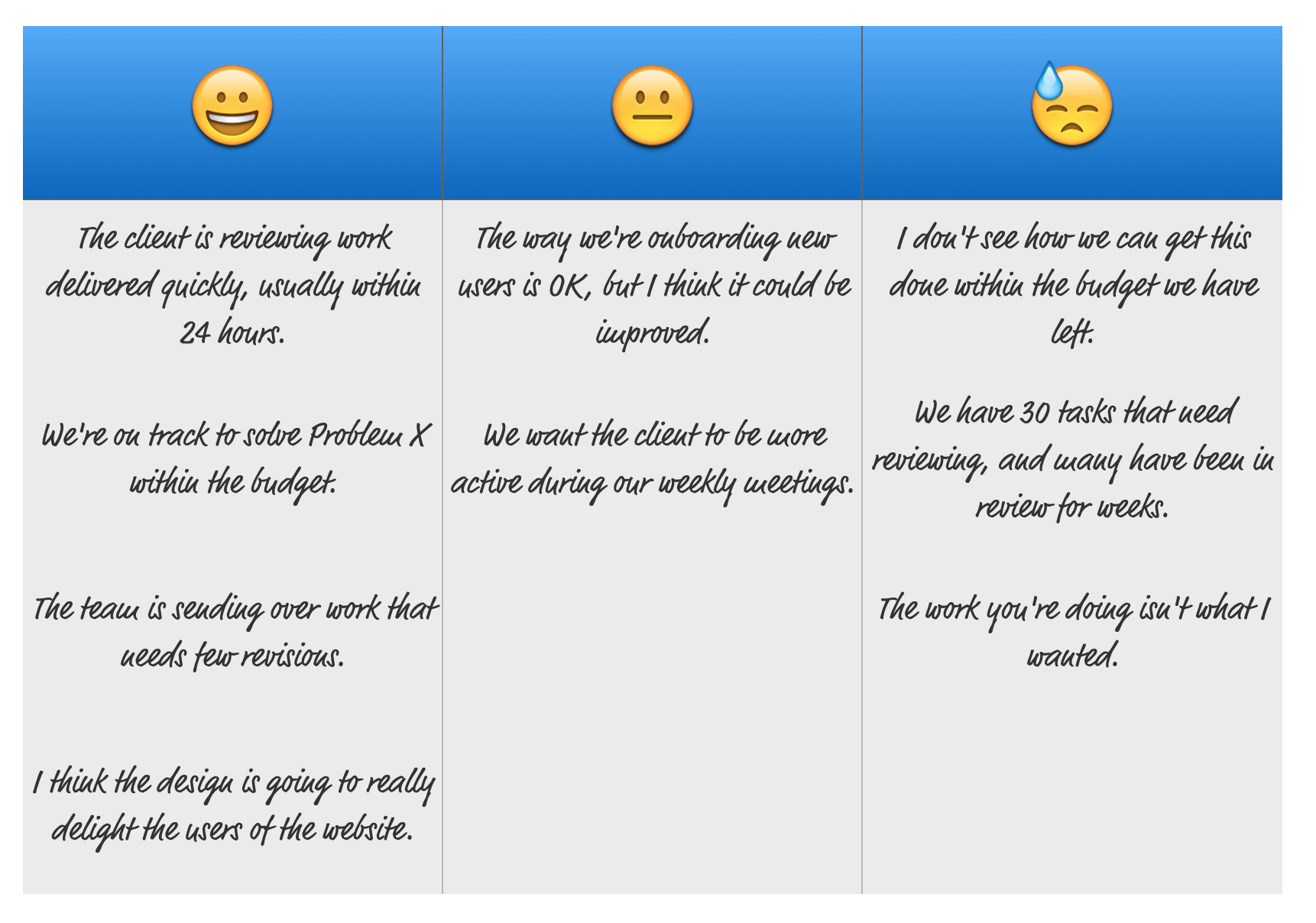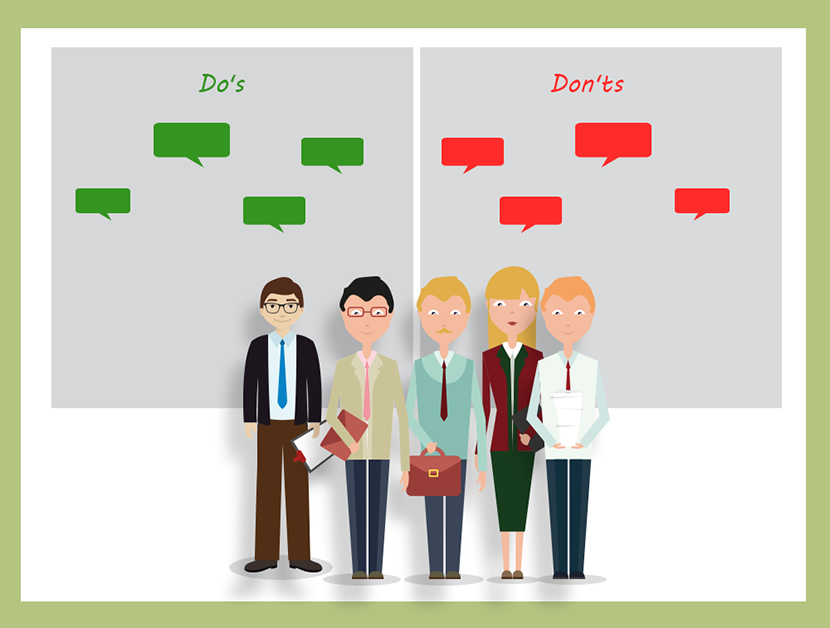
And to keep the true essence of this retrospective goal in mind: continuous improvement. The focus should remain on the project and the roadmap - never on the individual. It’s easy for team members to feel attacked or singled-out if what went wrong happens to be something they were responsible for. Importantly, though, this is not about blame.īe sure to make that clear up front. So there’ll almost always be a few things which could have gone better, and the sprint retrospective meeting is the place to discuss them.

Of course, there’s a flipside to every sprint: and things won’t always go to plan. Retrospective goal 2: To pinpoint what went wrong in the last sprint Were any tasks completed ahead of schedule? Were any new solutions found which might help in the future? Did the team reach key milestones?Īll of these things should be discussed and recognized to ensure the team knows that their contributions are truly valued. One of your retrospective goals should be to assess what the team did right in the last sprint. It’s easy to focus on the negative, so let’s start with the positive. Retrospective goal 1: To pinpoint what went right in the last sprint That way, you’ll know exactly what you’re aiming for in your next retrospective meeting. What is the goal of the sprint retrospective meeting?īelow, we’ll share not just one, but five sprint retrospective goals and how teams can best achieve them. It’s here that the sprint retrospective steps in.

But to make Scrum really work, it’s essential for teams to take the time to review what went right (and what went wrong) during each iteration session too.

Few development frameworks are as well-known and widely adopted as Scrum.Ī variant of the agile development model, Scrum relies on a process of continuous iteration broken into time-limited sprints.


 0 kommentar(er)
0 kommentar(er)
